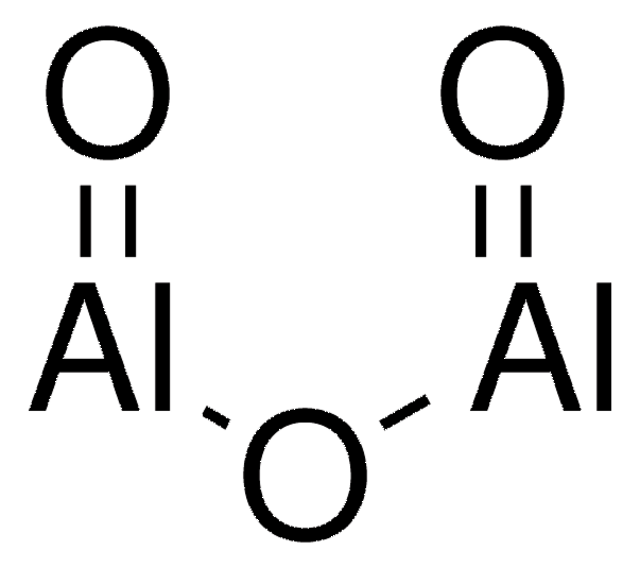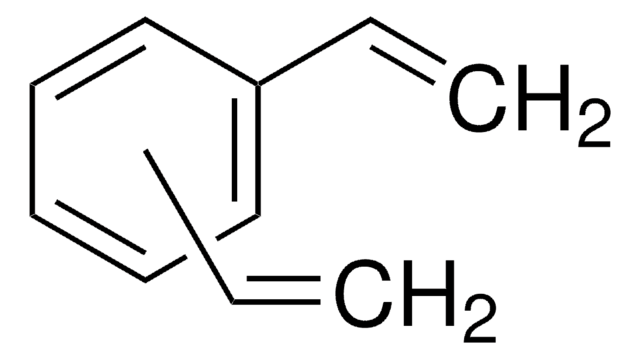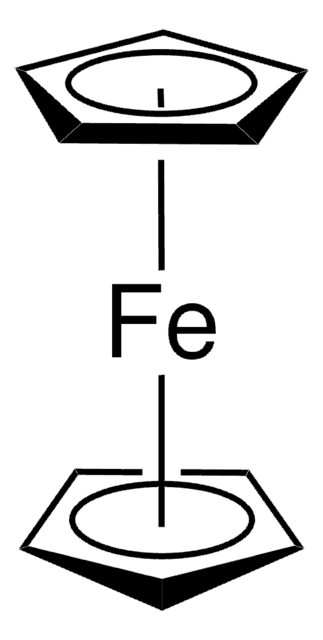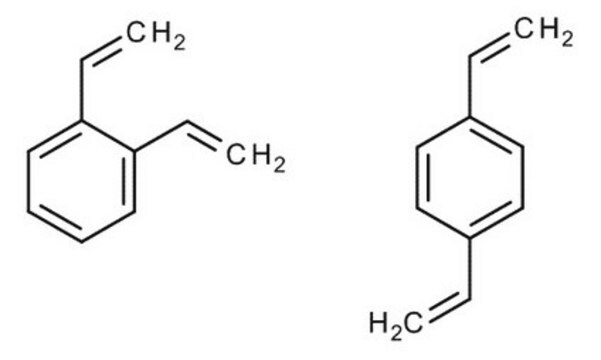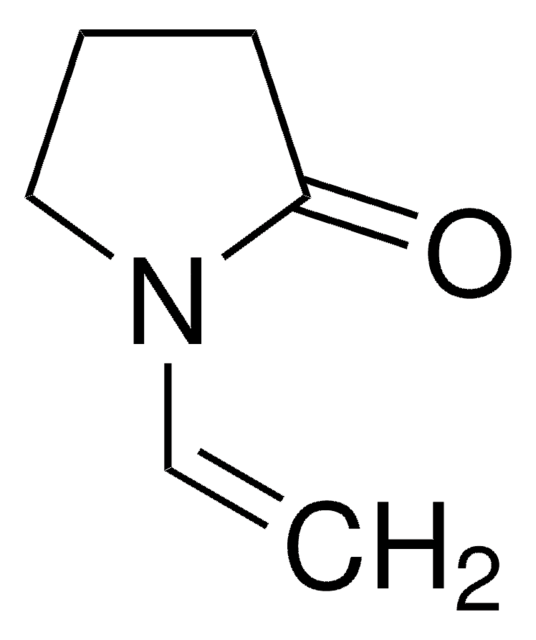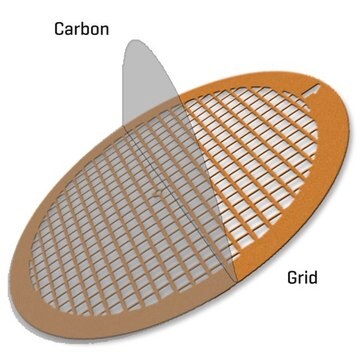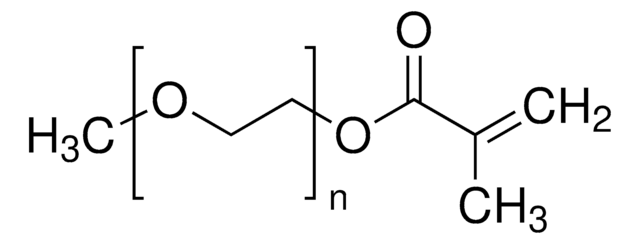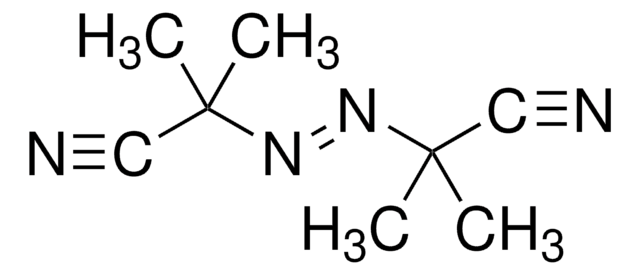311340
Inhibitor removers
replacement packing, for removing tert-butylcatechol
Synonym(s):
Protease Inhibitor Removal Resin
Sign Into View Organizational & Contract Pricing
All Photos(3)
About This Item
EC Number:
MDL number:
UNSPSC Code:
12162002
PubChem Substance ID:
NACRES:
NA.23
Recommended Products
vapor pressure
17 mmHg ( 20 °C)
Quality Level
type
for removing tert-butylcatechol
form
powder
SMILES string
[Al]21O[Al](O2)O1
InChI
1S/2Al.3O
InChI key
TWNQGVIAIRXVLR-UHFFFAOYSA-N
Looking for similar products? Visit Product Comparison Guide
Related Categories
General description
Inhibitor-remover packings and ready-to-use, disposable prepacked columns conveniently remove small amounts of inhibitors which are added to reagents or solvents that would otherwise be unstable. R: 20-37 S: 22-38-36
• Useful in applications which require that the stabilizer or inhibitor (hydroquinone (HQ), hydro-quinone monomethyl ether (MEHQ, 4-methoxyphenol), or 4-tert-butylcatechol (TBC) be removed prior to use.
• Columns may be discarded1 when exhausted or reused by filling column approximately 3/4 full with new packing material. HQ/MEHQ columns refill vol.: ~21g. TBC column refill vol.:~30g.
• Approx. column capacity:
HQ/MEHQ: 3L at 100ppm
TBC: 4L at 15ppm
• TBC columns and packings are not recommended for use with polar solvents, including acrylic acid. Vacuum distillation is suggested for such applications.
Easy-to-use:
1. Prewashing of prepacked glass columns with a small amount of monomer is recommended.
2. Add monomer (or solvent) to an addition funnel which is secured above column.
3. Add monomer dropwise to the column. Monitor rate of addition to prevent overflow of the column. Collect monomer in an appropriate container.
4. For low-melting solid monomers, keep temperature of column above the melting point during use.
Caution: Overheating may cause monomer to polymerize on the column. Viscous or high-melting monomers may be diluted in an appropriate solvent before addition to the column.
1Unused columns can be discarded with other solid chemical waste. After use, the toxicity and hazards of the monomer, from which the inhibitor is being removed, should be considered in deciding how to dispose of the packing material or column.
• Useful in applications which require that the stabilizer or inhibitor (hydroquinone (HQ), hydro-quinone monomethyl ether (MEHQ, 4-methoxyphenol), or 4-tert-butylcatechol (TBC) be removed prior to use.
• Columns may be discarded1 when exhausted or reused by filling column approximately 3/4 full with new packing material. HQ/MEHQ columns refill vol.: ~21g. TBC column refill vol.:~30g.
• Approx. column capacity:
HQ/MEHQ: 3L at 100ppm
TBC: 4L at 15ppm
• TBC columns and packings are not recommended for use with polar solvents, including acrylic acid. Vacuum distillation is suggested for such applications.
Easy-to-use:
1. Prewashing of prepacked glass columns with a small amount of monomer is recommended.
2. Add monomer (or solvent) to an addition funnel which is secured above column.
3. Add monomer dropwise to the column. Monitor rate of addition to prevent overflow of the column. Collect monomer in an appropriate container.
4. For low-melting solid monomers, keep temperature of column above the melting point during use.
Caution: Overheating may cause monomer to polymerize on the column. Viscous or high-melting monomers may be diluted in an appropriate solvent before addition to the column.
1Unused columns can be discarded with other solid chemical waste. After use, the toxicity and hazards of the monomer, from which the inhibitor is being removed, should be considered in deciding how to dispose of the packing material or column.
Storage Class Code
13 - Non Combustible Solids
WGK
nwg
Flash Point(F)
Not applicable
Flash Point(C)
Not applicable
Personal Protective Equipment
dust mask type N95 (US), Eyeshields, Gloves
Choose from one of the most recent versions:
Already Own This Product?
Find documentation for the products that you have recently purchased in the Document Library.
Customers Also Viewed
Global Trade Item Number
| SKU | GTIN |
|---|---|
| 311340-250G | 4061826681442 |
| 311340-500G | 4061826681459 |
Our team of scientists has experience in all areas of research including Life Science, Material Science, Chemical Synthesis, Chromatography, Analytical and many others.
Contact Technical Service